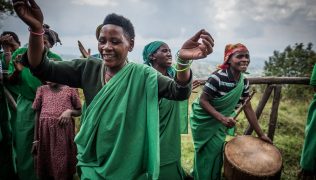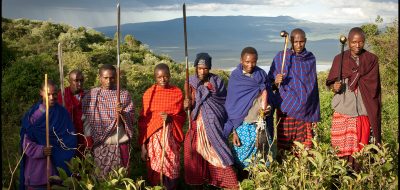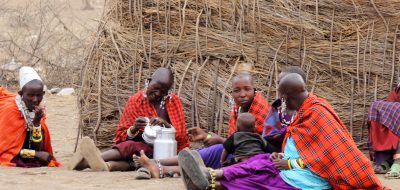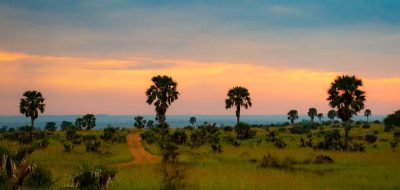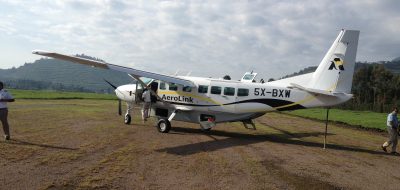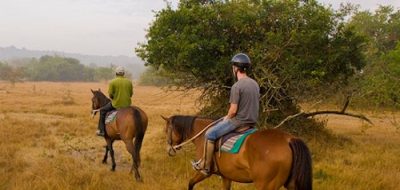CULTURAL TOURS IN UGANDA
Uganda has a very rich and diverse cultural background with several cultural sites found in different parts of the country. There are very many different tribes in Uganda and almost each tribe has a chiefdom or kingdom and they all have rich cultural practices.
Kingdoms as well as chief doms have been a tradition in Uganda for a long time, but about 40 years back these were demolished until 1986 when President Yoweri Kaguta Museveni just after he had taken over revived the idea of having kingdoms again. So this strong cultural heritage over the years has left a number of cultural attractions which you can visit while in the country for a safari.
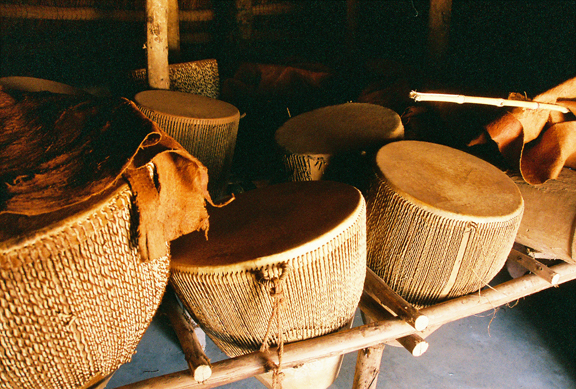
Kasubi Tombs
The Kasubi tombs are situated on Kasubi Hill about 6km from Kampala just after Rubaga and Mengo. In 2001, the Kasubi tombs were recognized as a UNESCO World Heritage Site. The tombs were initially built as a palace for Kabaka Muteesa I in 1882 but later turned it into his burial ground after his death, and later the other 3 kings that followed were also laid there to rest.
The tombs are respected by the people in Buganda Kingdom and are so important. It is where four Kabakas (kings) of the kingdom were buried. It is said that in this place a number of rituals have been performed by the Baganda for many years. Apart from being a burial place for the four Kings, the Kasubi tombs also store a number of old tools and historical treasures of the Kingdom of Buganda.
Namugongo Martyr’s shrine
Namugongo Shrine is located approximately 17km from Kampala city in a place called Namugongo. The Martyr’s shrine is a very significant attraction and among the most recognized and most visited cultural sites in the country.
It is in this place that 22 Catholic Christian believers were brutally murdered in 1886 following the orders of King Mwanga II, who was the King of Buganda. Today the men that were killed are regarded as the Uganda Martyrs, they given a few days to denounce their faith and live, but they chose not to hence their death.
The Catholic Church and the Anglican Church of Uganda Christians have constructed touristic shrines in this area and on 3rd June every year, pilgrims travel from different regions of the Uganda and outside the country to Namugongo to commemorate all those that lost their lives because they had faith in God.
Bigo bya Mugenyi
This is a very distinctive place that holds many cultural values and earthwork of the ancient Chwezi People. The site is situated in Mubende district in an area called Ntusi about 60km from SSrmbabule. The Chwezi or Bachwezi are said to be the first people to live in this place, under the duo-rule dynasty under Wamala and Ndahura.
The word Bigo bya Mugenyi is a local word translated as “The Fort of a Stranger”. This place is a 10sqkm collection of archeological earthworks said to have been made between the 13th and the 17th Centuries. When tourist arrive at Bigo bya Mugenyi, they fetch water to wash themselves, it is said that cleansing yourself is an act of seeking protection from the gods of the place such that you don’t anger them.
After cleansing you move through the thickets, there are grass-thatched huts where the keepers stay. In this same place it is said that a number of many dangerous wildlife live here such as the snakes, leopards, but amazingly no tourist has ever been attacked by any animal. Most locals visit this place to pray to their gods and also seek for blessings.
Baker’s Fort
Also known as Fort Patiko or Fort Baker is situated about 30 kilometers north of Gulu town in an area called Patiko. Baker’s Fort is enclosed by a 15ft deep and 16ft wide trench which was dug by the slaves under the orders of Arabs to stop captives from escaping.
The Fort is seated on approximately 9.4 hectares and was formerly built by the Arabs as a place to collect slaves from and in 1872, Sir Samuel Baker one of the early explores took over the fort, hence became a military fort in order to stop slavery in this region. Samuel Baker headed the fort from 1872 to 1888 and later the fort was used by Charles Gordon and Emin Pasha.
Today, Baker’s Fort is recognized as a very significant cultural place which attracts many people and has a very rich historical background. There are some dark marks on the rocks at the fort which are said to be blood splatters of the slaves, since most slaves who wouldn’t make it to Egypt the main slavery market were behead from this place.
Mparo Tombs
The Mparo Tombs are of great importance to the Bunyoro Kingdom. The tombs are situated in Mparo Division in Hoima District, approximately 4km along Hoima road.
Mparo Tombs serve as Bunyoro Kingdom’s burial grounds for the Kings and the royal. It is in these tombs that one of Bunyoro’s greatest Kings known as Omukama Kabalega was laid. Therefore most locals visit these tombs to engage in various rituals and also seek blessings and honor their fallen Omukama, Kabalega.
Nakayima Tree
Nakayima tree is located in Mubende District and said to be between 400 and 600 years old hence among the biggest and oldest trees in Uganda. People in the community say that Nakayima who then was Ndahura’s wife planted this tree, it is also said that very many years ago multitudes of people in this place would climb up the hill just to get to this tree to seek for blessings.
Even today, it is a place where various traditional and cultural practices are done. Many tourists used to bypass this place from Kampala heading to Kibale National Park, but as planned by your tour operator, you can choose to visit this tree, have a hike to the top of the hill and also have a community walk and proceed with your journey.
Nakayima tree is treasured by a number of people, it should not surprise to find people are seeking blessings, good fortune, and children. People also carry beers or cash to offer to the spirits. This place is kept by the spirit priestesses and other keepers who are locally called witches, they smoke special kinds of pipes and communicate to the spirits.
Karambi Tombs
Karambi Tombs are situated in Fort Portal about 6 kilometers away from the town along the Fort Portal-Kasese Road. They are a very significant place to Tooro Kingdom, with great history lying behind each tomb. Three of Tooro Kings; Omukama Rukidi III, Omukama Kamurasi Kyebambe, Omukama Olumi Kaboyo II and other royals of the Kingdom were buried in these tombs.
It’s in these tombs that the royal regalia of each of the three kings and other royal tools such as the spears, drums and other personal tools to the kings are kept. Today the Tooro Kingdom has had intentions of renovating these tombs and also construct a museum around, the aim is to improve these tombs to help them generate more revenue and also maintain them as burial grounds for the royals of the Kingdom.
Ssezibwa Falls
Situated between Kyagwe and Bugerere Kingdom parishes in Mukono District, the Ssezibwa Falls are a very important place to the Baganda and holds a very distinctive value to their spiritual life. Over the years these falls have been a great place for the past and current Kings (Kabakas) of Buganda kingdom.
Apart from the cultural value Ssezibwa Falls holds, it also many tourists especially those heading to Jinja. It is a great spot for rock climbing, photography, bird watching, relaxation and spiritual healing.
Igongo Cultural Centre
This is a places you would not want to miss visiting while in the part of western Uganda. Igongo cultural Centre is located along the Kampala – Mbarara Highway approximately 13km form Mbarara Town. It is seated on the grounds that formerly held the Ankole Kingdom palace.
It has beautiful gardens, crafts shop, a museum and a restaurant. There are also amazing books about the culture of people that live in western Uganda. There is also accommodation in case you want to spend a night here, a hotel and a campsite are in place. Many tourists heading for gorilla tracking usually have a stopover here for lunch.
Ndere Cultural Centre
Ndere is located in Ntinda and is one of those places near Kampala where you can enjoy Ugandan culture, cuisines and traditional dances. It also has well furnished rooms for tourists that wish to spend a night. The word “Ndere” is a local word derived from a Luganda noun “Endere” which means flute. It is truly a place to be.





